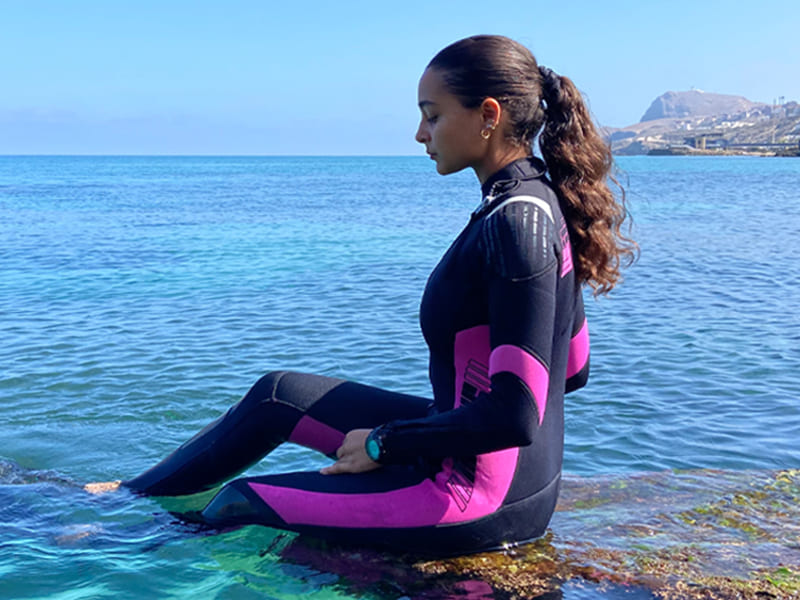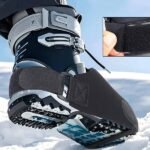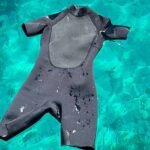When you’re gearing up for surfing, diving, or open-water swimming, your wetsuit is your best friend. But not all wetsuits are created equal. One of the most important factors that determines how comfortable and protected you’ll be is its thickness. Choose wrong, and you’ll either freeze in the water or feel like you’re wrestling a rubber octopus. Choose right, and it’s like a second skin.
Wetsuit thickness determines how well it insulates your body and how flexible it feels. Thicker wetsuits offer more warmth but less mobility, while thinner ones offer more movement but less insulation. Understanding the correct thickness for your water temperature and activity is the key to a great water experience.
Let’s take a dive into the details and help you answer the big question: How thick should my wetsuit be? Stick around—because making the right call could mean the difference between an epic session and an early exit from the water.
What Does Wetsuit Thickness Really Mean?
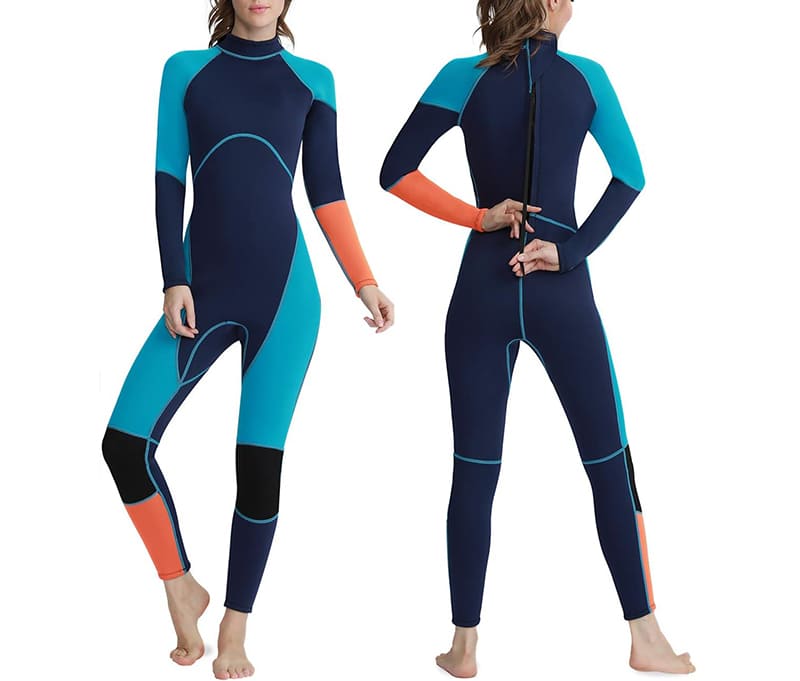
Wetsuit thickness refers to the neoprene measurement in millimeters, indicating insulation level and flexibility.
What Do the Numbers Mean? (e.g., 3/2mm or 5/4/3mm)
- The first number = torso thickness
- The second number = arm/leg thickness
- Example: A 4/3mm wetsuit has 4mm neoprene in the core and 3mm in the extremities
Why Dual Thickness?
- Your core needs more warmth while your limbs need flexibility.
- Mixed thickness designs strike a balance between heat retention and mobility.
Material and Quality Impact
- Not all neoprene is equal.
- Higher-end materials like limestone-based neoprene can provide better insulation and flexibility even at thinner thicknesses.
How Does Wetsuit Thickness Affect Warmth and Flexibility?
Thicker wetsuits retain more body heat but reduce range of motion. Thinner suits offer flexibility but are less warm.
Comparison Table
| Thickness | Water Temp (C/F) | Flexibility | Warmth | Use Case |
|---|---|---|---|---|
| 2mm | 20°C+ / 68°F+ | High | Low | Summer, warm surf |
| 3/2mm | 15-20°C / 59-68°F | Medium | Medium | Spring/Fall surfing |
| 4/3mm | 12-17°C / 54-63°F | Low-Med | High | Colder surfing |
| 5/4/3mm | 8-12°C / 46-54°F | Low | Very High | Winter, diving |
| 7mm | <10°C / <50°F | Very Low | Maximum | Deep diving, freezing temps |
What Happens If Your Wetsuit Is Too Thick?
- Overheating in mild water
- Limited flexibility = harder paddling
- Feels bulky and uncomfortable
Pro Tip
- Try suits on in-store or order from a brand with a good return policy.
- Fit is just as important as thickness!
Which Wetsuit Thickness Should You Use for Different Water Temperatures?
Water temperature determines your wetsuit thickness—colder water requires thicker neoprene.
Dive Deeper: Water Temperature and Suit Thickness
Temperature-to-Thickness Chart
| Water Temperature | Recommended Thickness | Example Suit |
|---|---|---|
| 24°C+ / 75°F+ | 1mm or rashguard | Sleeveless top |
| 20-23°C / 68-74°F | 2mm shorty | Springsuit |
| 15-19°C / 59-67°F | 3/2mm full suit | Surf wetsuit |
| 10-14°C / 50-58°F | 4/3mm or 5/3mm | Full suit w/ hood |
| Below 10°C / 50°F | 6/5mm or 7mm | Diving wetsuit |
What Temperature is a 2mm Wetsuit Good For?
Perfect for warm waters over 20°C (68°F). Great for tropical surfing, SUP, or snorkeling.
What Temperature is a 7mm Wetsuit Good For?
Designed for frigid waters below 10°C (50°F), especially useful for scuba diving and ice diving.
What Are the Most Common Wetsuit Thickness Combinations?
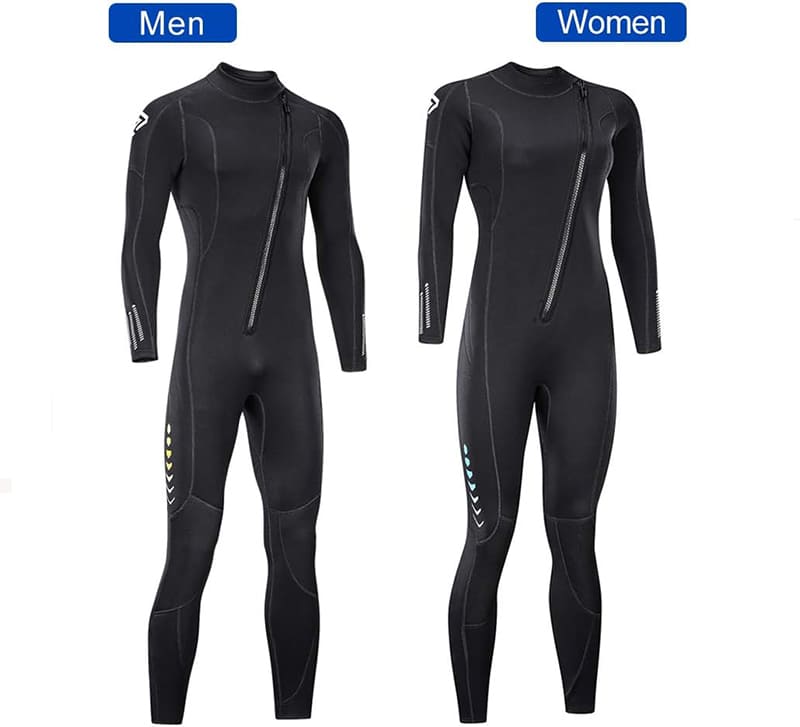
Popular wetsuit thicknesses include 2mm, 3/2mm, 4/3mm, 5/4/3mm, and 7mm, each suited to specific climates and activities.
Popular Choices and Why They Work
How Thick Should My Wetsuit Be?
- 2mm: Warm waters and surface sports
- 3/2mm: Most versatile for moderate climates
- 4/3mm: Ideal for cold morning surf sessions
- 5/4/3mm: Best for winter or extended cold exposure
- 7mm: Extreme cold or deep diving
Is a 3/2 or 4/3 Wetsuit Better?
Depends on your location:
- 3/2mm for flexibility in 15-20°C (59-68°F)
- 4/3mm for colder waters 12-17°C (54-63°F)
- Choose 4/3 if you tend to feel cold easily or surf early mornings
Do You Need a Thicker Wetsuit for Surfing, Diving, or Swimming?
Yes, different water activities demand different wetsuit thicknesses due to immersion time and intensity.
Activity-Based Thickness Selection
Surfing
- Cooler surface water with wind chill
- Popular choice: 3/2mm or 4/3mm
Scuba Diving
- Longer water exposure at depth
- Minimum: 5mm, often 7mm
Swimming / Triathlon
- Focus on flexibility and buoyancy
- 1-3mm suits to reduce drag
Should I Get a 3mm or 5mm Wetsuit?
Choose 3mm for mild conditions and flexibility; go for 5mm if warmth is your priority in colder water.
- Water Temperature
- 3mm: 15-20°C
- 5mm: 10-15°C
- Session Length: Longer sessions = thicker suit
- Cold Tolerance: Get cold easily? Choose thicker
- Budget: 3mm suits are often cheaper and lighter
How Warm Does a 3mm Wetsuit Keep You?
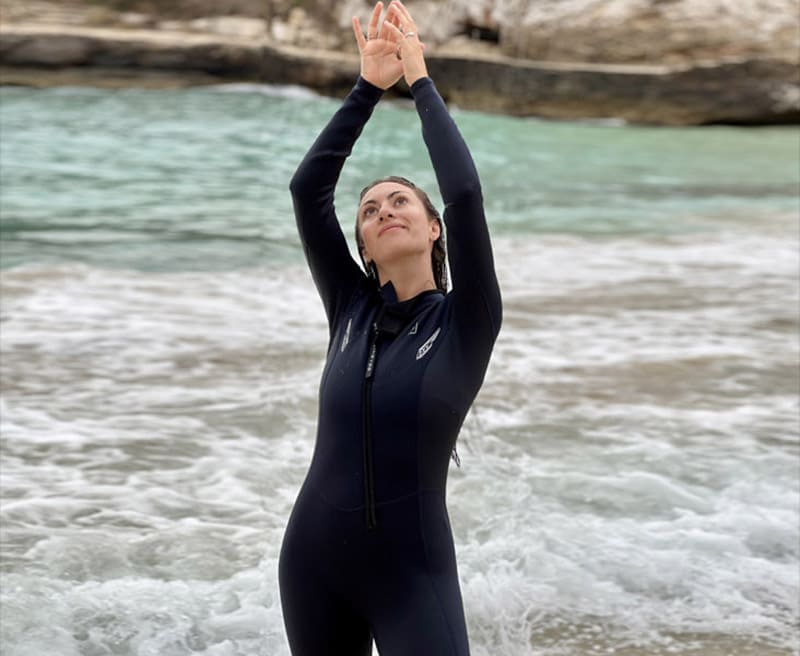
A 3mm wetsuit keeps you comfortable in 15-20°C (59-68°F) waters for moderate activities.
Warmth Expectations by Thickness
3mm Wetsuit Use Cases
- Surfing in spring/fall
- Open-water swimming with some cold tolerance
- SUP in cool mornings
Personal Factors
- Low body fat = get a 4mm
- Shorter sessions = 3mm works fine
- Add booties/gloves for more warmth if needed
How to Choose the Right Wetsuit Thickness Based on Your Body Type and Cold Tolerance?
Body fat, metabolism, and activity type influence how thick your wetsuit should be.
- Gender and Age: Women/older users = thicker suits
- Body Fat: Leaner individuals lose heat faster
- Activity Level: High intensity allows thinner suits
Is It Better to Layer Wetsuits or Get a Thicker One?

Layering adds flexibility and warmth, while a thicker suit provides better insulation but reduces comfort.
- Layering Pros
- Adapt to different temps
- Mix and match gear
- Layering Cons
- Can cause seepage
- Can feel bulky
- Thicker Suit Pros
- Seamless warmth
- Better overall insulation
- Thicker Suit Cons
- Harder to move
- More expensive and heavy
Are There Regional or Seasonal Considerations for Wetsuit Thickness?
Yes, your location and the season significantly affect your wetsuit thickness needs.
- California: 3/2mm in summer, 4/3mm in winter
- Australia (Gold Coast): 2mm most of the year
- UK/Ireland: 5/4/3mm or thicker for winter
- Seasonality: Add +1mm in colder seasons
Conclusion:
Choosing the right wetsuit thickness is about more than just temperature—it’s about comfort, performance, and safety. Whether you’re a beginner surfer, a triathlon swimmer, or a seasoned diver, having the right suit can transform your experience in the water.
At Szoneier, we manufacture premium custom wetsuits with high-quality neoprene material and precise workmanship. Want to create your own branded wetsuit line? Or customize thickness, color, and logo for your clients?
Contact us today to get a free quote, custom design support, and samples to start your journey with a trusted neoprene product manufacturer.
👉 Email: info@szoneierleather.com
👉 Phone: (+86) 13823134897

